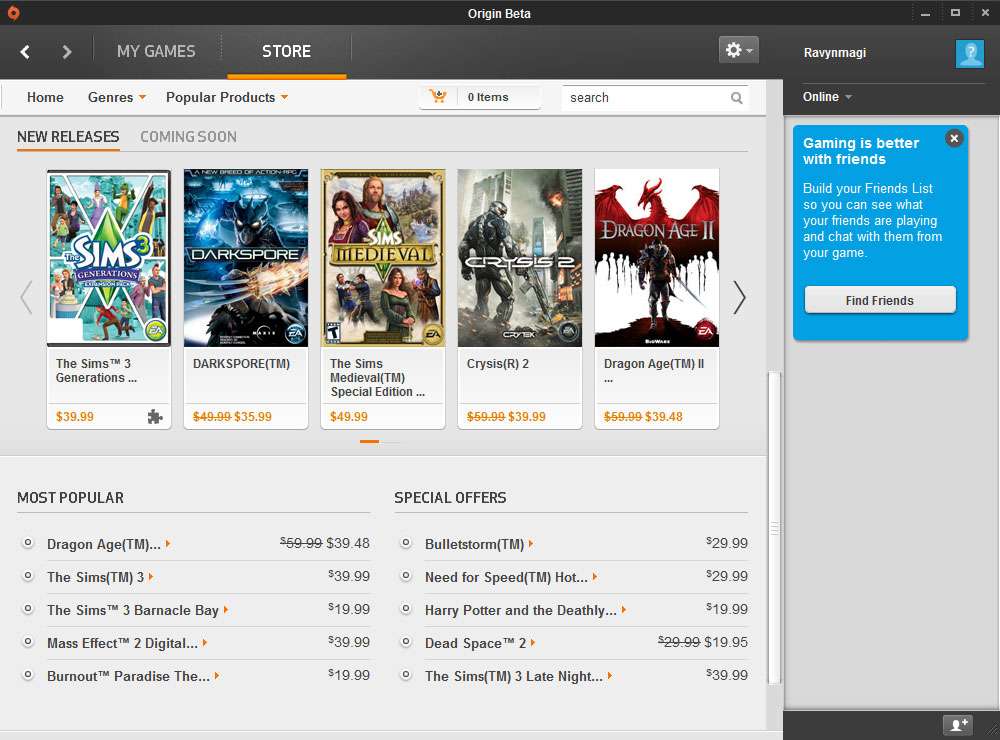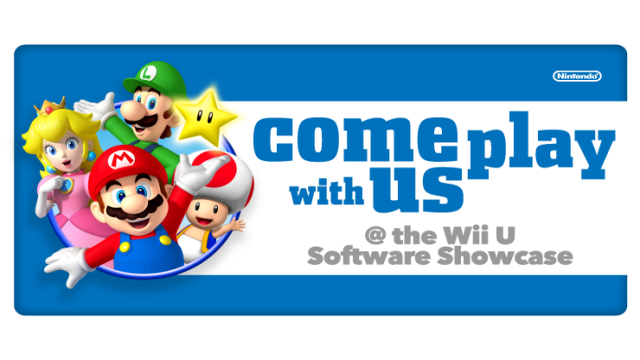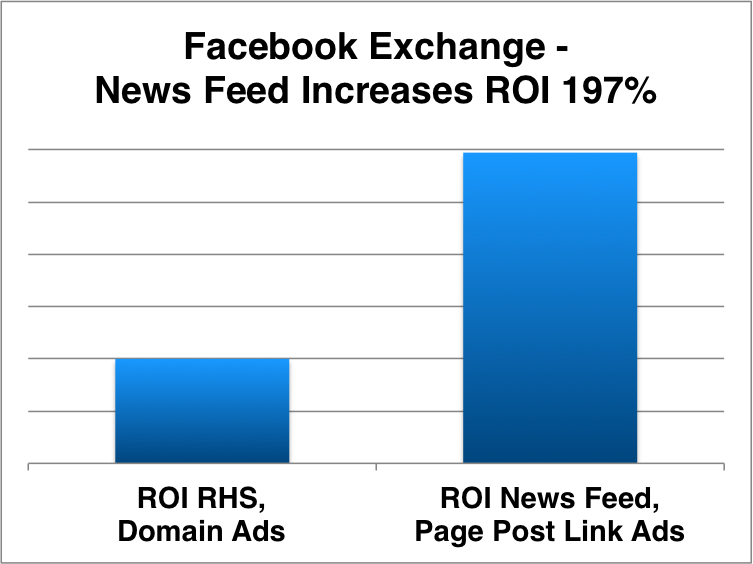Electronic Arts has put executive vice president of EA Sports Andrew Wilson in charge of Origin, the company’s digital distribution service that looks to compete with Valve’s popular Steam platform. It’s a measure of both the confidence placed in Wilson and the size of the task ahead. EA’s Origin system has grown to over 40 million users on the strength of such titles as Battlefield 3, but Wilson sees plenty of work ahead.
Wilson is attempting to transform the focus of Origin back to the original vision of a service for gamers that would enhance EA’s games for consumers. Read about what Wilson says about Origin’s roots and his goal of making Origin into a ‘gracious host’ on GamesIndustry.biz here.
The [a]list daily sat down with Wilson at the E3 show to talk about Origin and the challenges ahead for Wilson. He not only has to change the nature of the service, he has to change the perception of the service that already exists in the minds of gamers.
Currently when you go onto the Origin web site, it’s a store front. Wilson has to change that image and the onboarding experience, then you those changes have to be communicated to the audience. The plan is re-focus Origin on the customer experience. “There’s going to be three manifestations of Origin based on who you are,” Wilson explained. “One manifestation of Origin is for the person that just wants to download a game and play it. Origin will act as that consistent downloader and installer, so that if you ever buy another game you don’t have to do it again, which is of value. Then it can be completely silent and you never have to deal with it again.”
Wilson continued, “Then there will be the stage where people have more than one game and they have a fairly extensive friends list, and that concept of a game library with friends’ presence and understanding where their friends are will become valuable to them. So now, rather than just clicking on the game icon on their desktop with Origin completely silent after the download and install, they might use the application then to managing their game library and managing the interaction they have with their friends, to make sure they don’t have to click and log into and open three games to find the friend they want to play with.”
“The third is the consumer that wants a downloader and installer, wants to use the library, and wants to know about the greatest deals or promotions that are available at any given time, and they will have that storefront available to them as part of that application. There’s going to be any combination of those three factors that are important to a given consumer. What we’re committed to is figuring out a way to architect to facilitate that. Complete silence past the initial download/install; enhancement of friends, library, presence and the services that go with that; and then they opportunity to participate in great promos by virtue of the application and storefront being there for you. We’re trying to give you choice.”
Wilson sees providing options for consumers as a key to appealing to the audience. “The important thing for us is choice,” Wilson said. “I think one of the things that people perceived about Origins was that we were trying to choose for you. The big shift that we have is we want to give you choice. It’s going to take some re-architecture, it’s going to take a little bit of time. That is certainly our intent.”
When GamesIndustry International interviewed David DeMartini (then head of Origin) last year at E3, he was asked about how Steam attracted sales with very deep discounts on games ““ for example, ‘this weekend 75 percent off on XYZ.’ DeMartini’s response was that EA felt it was damaging to the IP to discount games, and that EA would look for other ways to provide value to people rather than cutting prices. Has that perception changed On the Origin web site there’s a survey asking what game you’d like to see priced at $5. Has EA’s position on pricing and discounting changed with respect to Origin
With digital downloads, it would seem that pricing is less important than the overall revenue generated since cost of goods is no longer a factor. The remainder is just transaction costs which are a small fraction of that of the normal retail price. Wouldn’t EA rather sell 100,000 of something and make $10 on each one than sell 1,000 of something it makes $40 on
“The first thing I would say is I would counter the perception that the provision of a digital service is free or even necessarily cheaper than cost of goods over time,” Wilson parried. “I think when you get to scale there are certainly potential economies that you gain there, but it’s not free.”

That makes sense with sports titles, for instance, where you have licensing costs that are certainly far from free. But the margins on digital products tends to be about twice the margin on physical products, from earnings reports that EA has provided.
Wilson fired back, “Depending on the product. But I don’t think that changes your question, which is ‘Do you have a strategy around discounting or not ‘ as enunciated by David DeMartini a year ago. Here is what I would say: Right now what I’m trying to do with a vision of Origin is abstract it from the transaction, or the business model that drives that transaction. I believe that element will be consumer-driven also; it’s a supply and demand piece.”
There’s a larger picture to examine, Wilson explained. “We have seen the business model on the iPhone change dramatically in the last twelve to eighteen months,” Wilson said. “We have seen the business model on PC games vary dramatically in the West now, not just in the East. The vision that I have for the future of Origin is somewhat abstracted from the pricing or the transaction component, because that is something that is going to be very fluid based on consumer demand. What will be consistent, however, is the provision of service. What will be consistent is the need for us to continue to ensure the quality of that provision of service.”
Wilson continued, “With all honesty, our focus right now is on the underlying service provision. The nature of the transaction, the nature of the business model that drives that transaction, will likely change a hundred times in the next three years. But the desire of gamers to get access to their games easily, simply, seamlessly, consistently, will not change. The desire for gamers to connect with their friends and know where there friends are playing at any given time will not change. The desire for gamers to have their experience enhanced by virtue of services that automatically update their games, that allow them chat, VOIP, Skype, whatever it might be that’s part of that, that won’t change. All of the other ancillary stuff about transaction and business models likely will. Our focus has to be on building a service that doesn’t change based on what those ancillary things that change around them.”
The pricing is just part of why people choose a particular vendor, Wilson believes. “People buy for three reasons. One, price is a factor, absolutely; two, the credibility of the merchant is a factor (and the quality of the product they’re buying), and three, the value of the service they’re buying as part of that exchange or that transaction,” Wilson enumerated. “Price is absolutely a factor, but so is the content we provide and the credibility of us as a merchant and the credibility of Origin as the facilitation of that transaction, and the service that Origin provides could also be a factor in the future. We would be naïve to ignore any one of those three things.”
Read more about Wilson’s plans for transforming Origin here.



